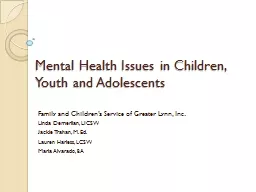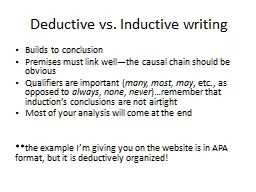PPT-There are many stereotypes about people who have mental health and substance abuse issues.
Author : luanne-stotts | Published Date : 2018-03-20
What are some stereotypes that you have heard about these types of clients Myths amp Facts Mental illness does not affect the average person Most people who struggle
Presentation Embed Code
Download Presentation
Download Presentation The PPT/PDF document "There are many stereotypes about people ..." is the property of its rightful owner. Permission is granted to download and print the materials on this website for personal, non-commercial use only, and to display it on your personal computer provided you do not modify the materials and that you retain all copyright notices contained in the materials. By downloading content from our website, you accept the terms of this agreement.
There are many stereotypes about people who have mental health and substance abuse issues.: Transcript
Download Rules Of Document
"There are many stereotypes about people who have mental health and substance abuse issues."The content belongs to its owner. You may download and print it for personal use, without modification, and keep all copyright notices. By downloading, you agree to these terms.
Related Documents














